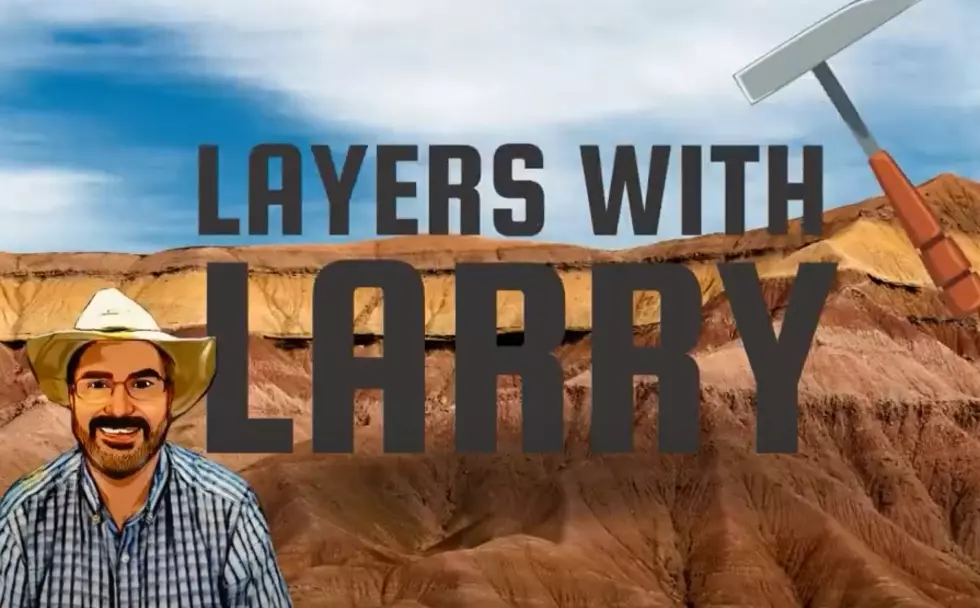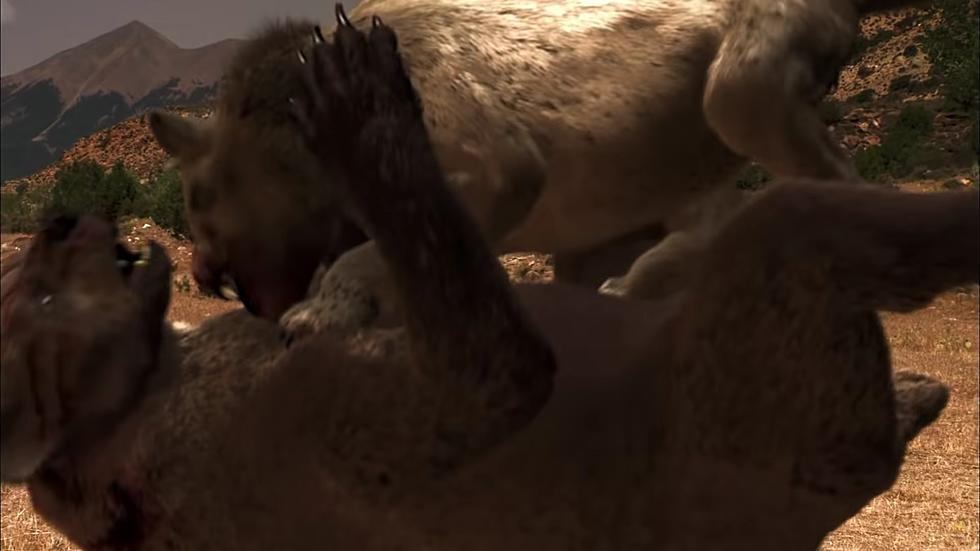
Why Are There Sea Shells In Wyoming?
As many of you who listen to Wake Up Wyoming know, I grew up on an island. It is a beautiful place full of shelly beaches. They are not sandy beaches but are full of seashells. Sanibel Island has been called one of the best shelling islands on Earth.
I moved to Wyoming 16 years ago.
While exploring the state, I came across an area known for its preserved dinosaur tracks.
The tracks were interesting enough, but while poking around in an old creek bed, I was shocked to find sea shells. Lots of them.
Why were they here?
Why so plentiful, like the beaches of Sanibel?
I did a little research and found that during the Precambrian, Wyoming was covered by a shallow sea.
For a good, long time Wyoming was a water world.
During the early part of the Paleozoic, the sea was still here.
Over time, as the climate continued its natural cycle of endless change, the Western Interior Seaway receded.
Areas that were once the bottom of the sea were left exposed.
It was a vast area that covered parts of Canada, South Dakota, Colorado, Nebraska, Minnesota, New Mexico, and Wyoming.
What I was holding in my hand in that ancient creek bed were the shale fossilized shells of ammonites.
They are the extinct ancestors of the famous spiral-shaped nautilus seashell.
There were also more rounded shells and something that looked like a small clam shell.
I can identify much of what I found on the beaches of my childhood.
The video below will show you how North America grew and changed back during a time when the Earth did not have polar ice caps and the continents were still forming.
The video above covers a very long period and shows, once again, that nothing stays the same. Everything on Earth is constantly evolving.
What I was holding in my hands were their ancestors, millions of years before.
That is why they looked similar but not exactly the same.
What can be found in Wyoming never ceases to amaze me when we take a moment to stop and poke around in the ground.
How do continents form: The Wyoming craton example.
Have you ever wondered how the oldest continents formed?
A new paper in the January 2023 issue of GSA Today looks at the story preserved in the oldest rocks on Earth.
All continents contain some crust that is 2.5 billion years or older, way back in the Archean eon.
These areas of old continental crust are known as cratons.
Old Medicine Of The Chugwater Wyoming Drugstore
Gallery Credit: Glenn Woods
The Old Gold Rush Town Of Atlantic City Wyoming
Gallery Credit: Glenn Woods
More From 104.7 KISS-FM









